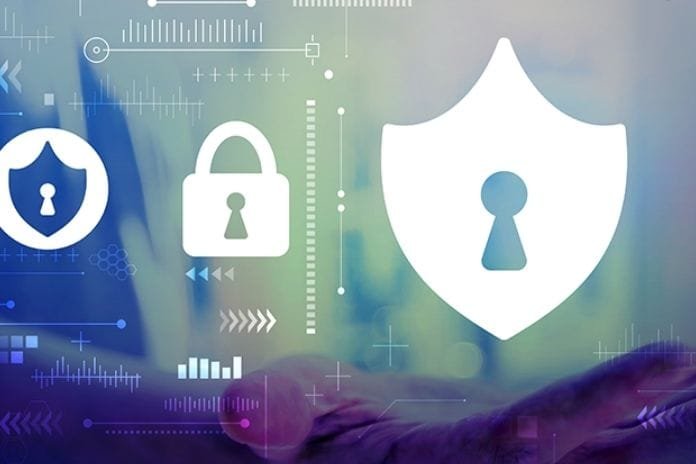Security trends in Software development are blooming. Even though a good part of the interests of shareholders, employees, and customers of an organization revolves around some critical software, decades of development have not been enough to understand how to maintain security since software development.
At least that’s what Forrester’s report, The state of application security, shows, which shows that applications remain the top attack vector when it comes to safety. See these results:
- 39% of respondents said that web applications were the gateway to attacks.
- 35% said the attack came from exploiting lost/stolen assets.
And only after that do problems like malware, software vulnerability, phishing, ransomware, and social engineering come. The result, according to the survey, is not surprising. With so many companies forced to build or update applications to reach their customers quickly, it’s not surprising that web applications are the most common form of external attack, with software vulnerabilities not far behind.
After all, applications are increasingly complex, relying on internal elements and external partners and constantly expanding to support new functionalities and operations.
In this post, to help you identify issues with your software security program, we’ll take stock of the causes of security vulnerabilities, what organizations are already doing, and, ultimately, what trends are driving the best modern programs.
Why Is Software Security Still An Issue?
The Forrester report points out three leading causes of software security issues:
Open-Source Software – OSS
While the development team needs to buy time to focus on what generates value in the software, OSSs have as much value as risks. Their vulnerabilities increase year by year, according to the survey.
New Architectures, New Gateways
Insecure API points, invalid payloads, and unprotected scripts are problems that arise along with the numerous benefits of new architectures, generating the need for approaches to software security different from those used in traditional monolithic applications.
Speed Of Development
The development speed is increasing with DevOps practices and agile methodologies like Scrum, Scrum ban, and XP. However, many organizations struggle to adapt their development security tools and processes to this development step.
How Organizations Are Responding To These Issues
According to the Forrester report, only 14% of organizations integrate security across the entire software development lifecycle in a DevSecOps approach. Those starting to do so typically start the integration in the testing phase. Despite this, there are some positive movements. Let’s see.
- Implementation of pre-release scanning in development and slightly slower in design.
- We are implementing container security in the development phase and a little less in the design phase.
- They are implementing SCA – software composition analysis to address OSS vulnerabilities before advancing through the development cycle.
From this, we can already see what trends in software security are emerging.
Four New Trends In Software Security
Forrester indicates that organizations will have difficulty keeping their applications secure with new languages and delivery methods without having extensive use of automation and tools and if they continue to build software without anticipating failure. We would add, without having processes and people engaged for this purpose.
That’s because few tools don’t add complexity and integration issues that quickly lead the team to tool boredom.
Implement Self-Remediation
There are SCA players that not only identify vulnerabilities in open-source software but also recommend ways to remediate them, allowing developers to implement them with just one click.
Although it requires a high level of trust in the tool, building it can be one more way to scale development safely.
To this end, it will be critical to providing developers with guidance on when to accept tool recommendations or seek additional approval.
Have Champion Developers In Security
Forrester’s, but also Synopsys, nomination of having champion security developers is another trend your organization can adopt in its software security program.
However, don’t expect to find this professional completely ready after graduation. Security is a notoriously neglected topic in courses, and the gap in good security practices in development is well known.
Also Read: Computer Security: Cybersecurity Mechanisms And Threats



